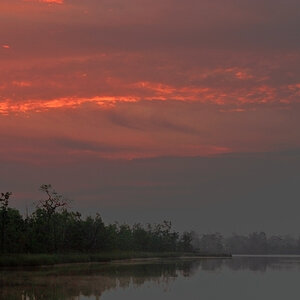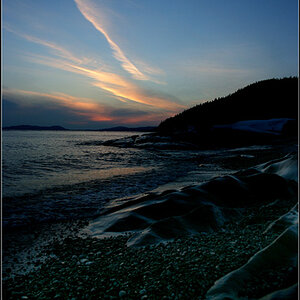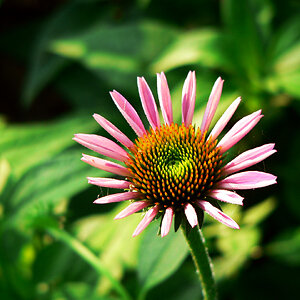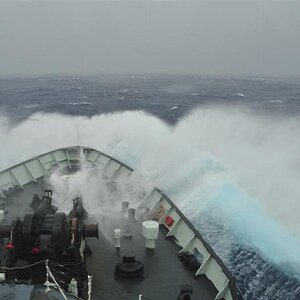jstuedle
No longer a newbie, moving up!
- Joined
- Jun 30, 2005
- Messages
- 4,889
- Reaction score
- 15
- Location
- S.E. Indiana
- Website
- www.picture-daddy.com
- Can others edit my Photos
- Photos NOT OK to edit
I didn't want to hijack Groupcaptainbonzo's thread, So here I offer up a few examples of what I call pleasing bokeh from three differant lenses. Enjoy and hope it starts a good discussion.
1) This one the background is almost all the same color, but trees and foliage are OOF in a pleasing way I believe. BTW it is a white lion, it's color is correct. Nikon D1X, Nikkor 300mm f/2.8 AFS @ f/2.8

2) This was shot w/Nikon D1X, Nikkor 35-70 f/2.8 @ 70mm - f/8

3) Nikon D1X, Nikkor MF 400mm f/3.5 @ f/4.0 and TC14 teleconverter

4) Repost of a shot taken this past week. Also shot w/Nikon D1X, Nikkor MF 400mm f/3.5 @ f/3.5. Hand held, no tele-converter, at about 16 feet in the rain.

1) This one the background is almost all the same color, but trees and foliage are OOF in a pleasing way I believe. BTW it is a white lion, it's color is correct. Nikon D1X, Nikkor 300mm f/2.8 AFS @ f/2.8

2) This was shot w/Nikon D1X, Nikkor 35-70 f/2.8 @ 70mm - f/8

3) Nikon D1X, Nikkor MF 400mm f/3.5 @ f/4.0 and TC14 teleconverter

4) Repost of a shot taken this past week. Also shot w/Nikon D1X, Nikkor MF 400mm f/3.5 @ f/3.5. Hand held, no tele-converter, at about 16 feet in the rain.









![[No title]](/data/xfmg/thumbnail/40/40284-f59f6230f0d5b9eacf977f8b0392f087.jpg?1619739407)


![[No title]](/data/xfmg/thumbnail/40/40288-4d5d7a8aa74ddfceb5fb82062d9b21be.jpg?1619739409)

![[No title]](/data/xfmg/thumbnail/39/39290-dfb3e819bd94a7f30797638ae1ae27cf.jpg?1619738958)

![[No title]](/data/xfmg/thumbnail/33/33024-f9a0cb6482030fec791845de1a21c82a.jpg?1619735837)

![[No title]](/data/xfmg/thumbnail/39/39288-2d76486ccc9042c6fb525aaaaffff1fb.jpg?1619738957)
